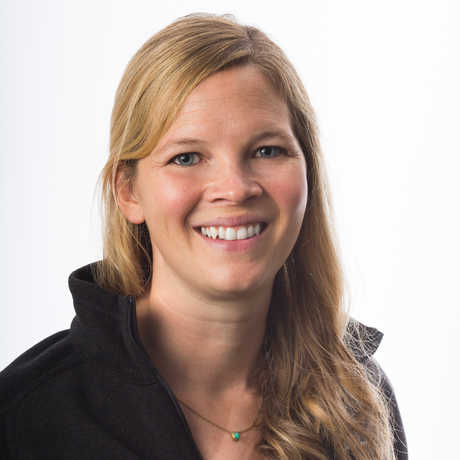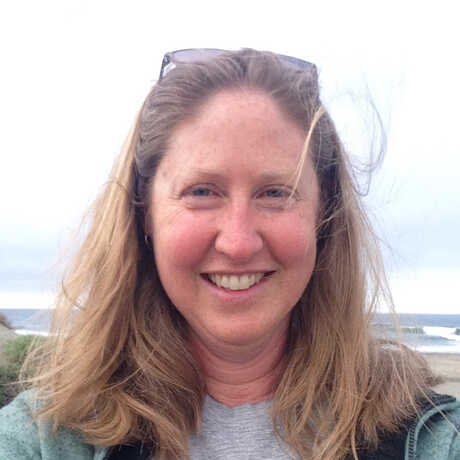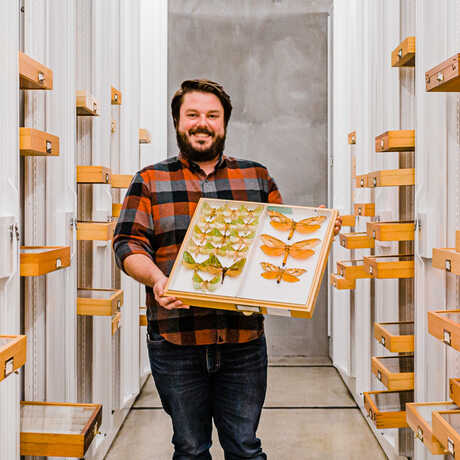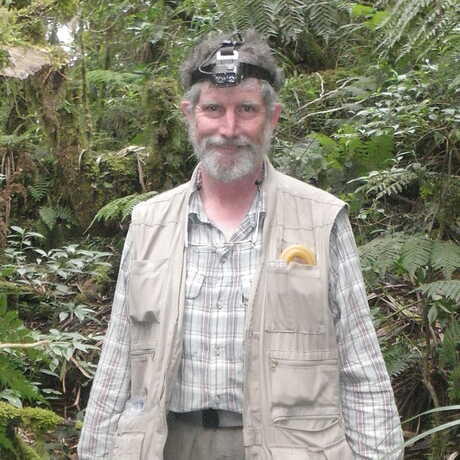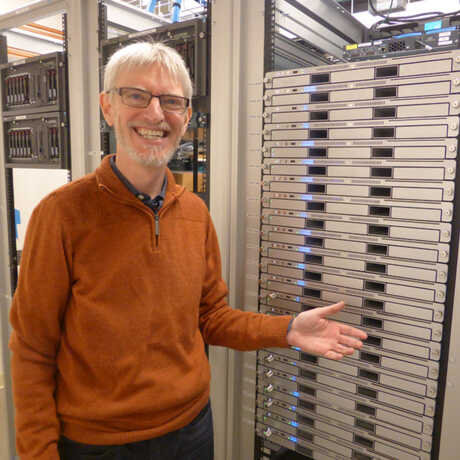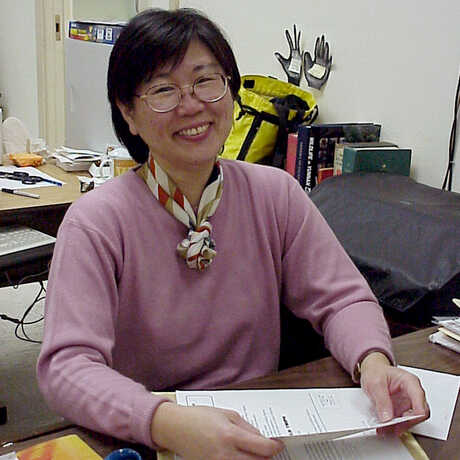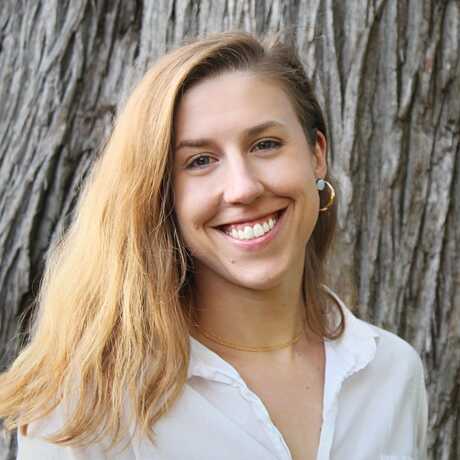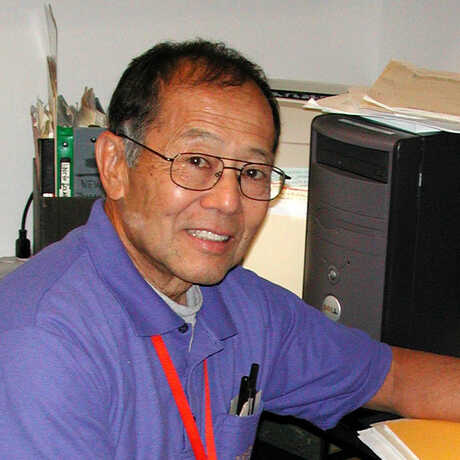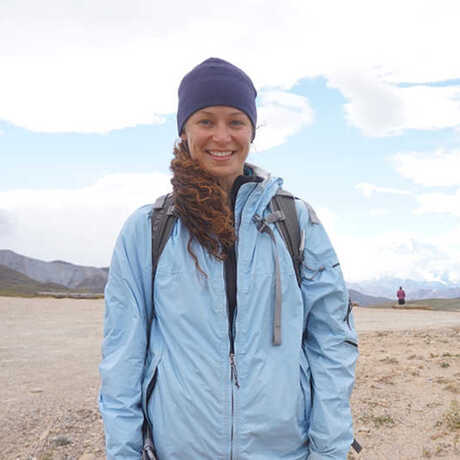Search for Academy curators, collections managers, and research staff working to answer some of the world's most pressing scientific questions.
I study the evolutionary ecology of a bioluminescent symbiosis between coral reef fish in the genus Siphamia and luminous bacteria. My research integrates natural history and ecology with genomics to understand how this highly specialized association evolved and how host-symbiont specificity is maintained over time and space. Working with the Steinhart Aquarium, I am also developing this gut-associated symbiosis as a tractable model system to investigate the mechanisms regulating the complex relationships between animals and beneficial bacteria.
As collection manager I'm generally responsible for all entomology and arachnology collections, but have particular research interests in the Lepidoptera. Most of my work is focused on the Southwest USA, but focus on the Pyraloidea and assorted basal lineages. I teach annually at the Lepidoptera Course in Portal, Arizona.
I describe spider diversity, focusing especially on Africa, Madagascar, Southeast Asia and South America. I formerly led the CAS Arachnology lab where I supervised twenty- two graduate students and ten postdoctoral researchers. I am a Fellow of the Willi Hennig Society and was President of the American Arachnological Society and the International Society of Arachnology (ISA).
Avery is a postdoctoral researcher in the Center for Biodiversity and Community Science at the CalAcademy, where they leverage vast amounts of community science data to model ecological patterns across diverse landscapes. In their PhD at Stanford they studied the concerted impacts of climate change and wildfire on the geographic distribution of California tree species. Avery's research is most broadly motivated by the need to understand the biological and ethical drivers that will shape the geographic patterning of future ecosystems.
Dr. Anna Holmquist is a postdoctoral researcher in the Center for Comparative Genomics (CCG) working on a multi-institutional project to generate a comprehensive DNA barcode reference library for all Californian insects by utilizing museum collections. Holmquist received her PhD from the University of California, Berkeley in May 2023. She is broadly interested in understanding the processes behind biodiversity formation and promoting resilience.
My principal research interest concerns the systematics of grenadiers, a group of more than 400 deep-sea fishes related to the codfish. Grenadiers are found in all oceans, but 80-90% of the species are confined to subtropical and tropical seas. Most grenadiers live on the continental slope at depths between 200 m and 2000 m, but some range to below 6000 m. A few species are commercially exploited by large trawlers dragging at depths often exceeding 1000 m. The group seems to have evolved in the deep sea, as no shallow-water close relatives are known.
As a curator in the Botany Department at the California Academy of Sciences, Dr. Sarah Jacobs is part of a core team of scientists that collectively curates the Academy’s collection of over 2.3 million herbarium specimens. As the Howell Chair of Western North American Botany, she is particularly focused on guiding and shaping the collection of Western North American plants, ensuring their preservation, growth, and relevance into the future.
